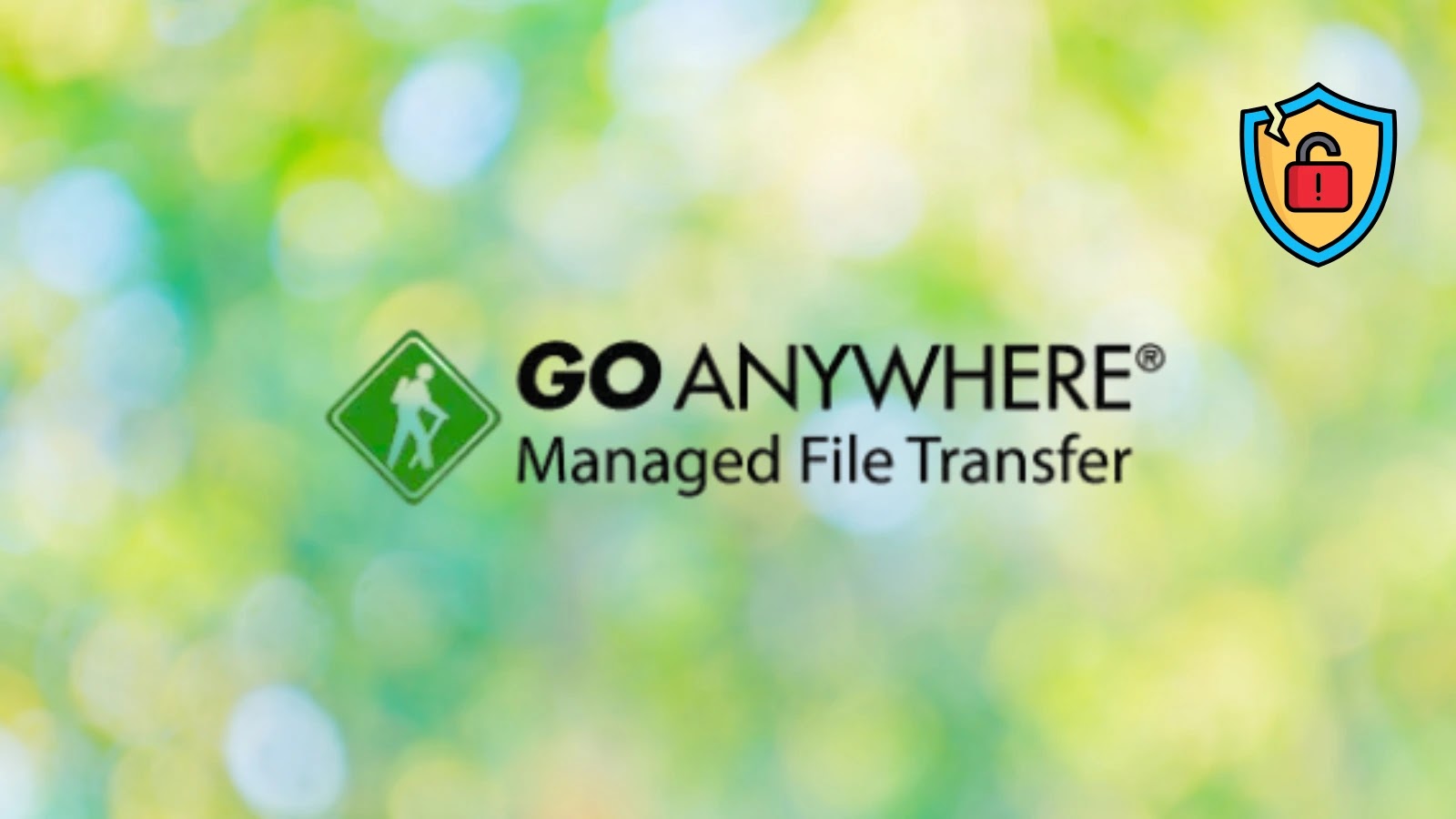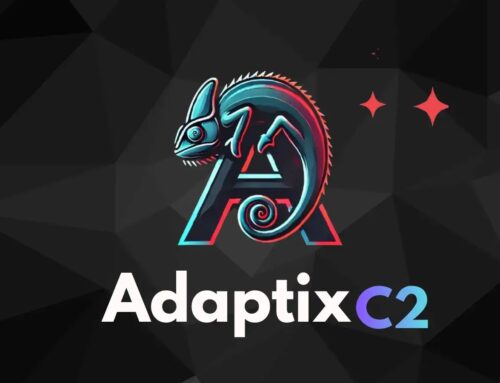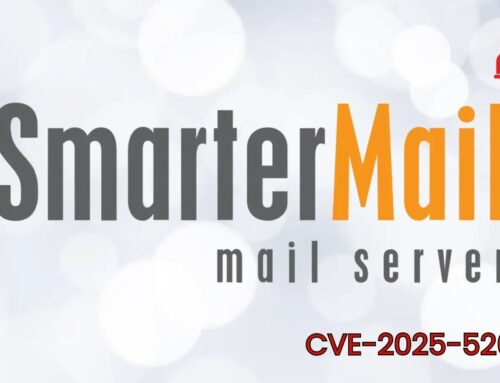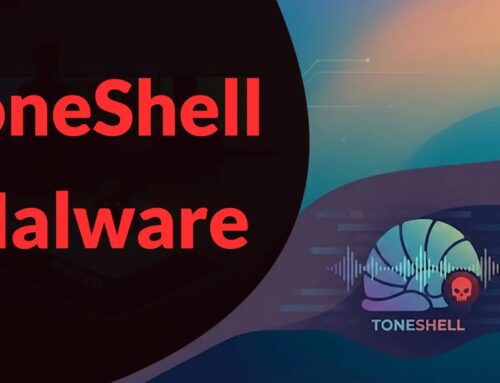
Critical GoAnywhere MFT Platform Vulnerability Exposes Enterprises to Remote Exploitation
Data is the lifeblood of modern enterprise, and the secure, efficient transfer of that data is paramount. Managed File Transfer (MFT) solutions like Fortra’s GoAnywhere play a critical role in this exchange. However, a recently disclosed critical vulnerability, CVE-2025-10035, in the GoAnywhere MFT platform has sent ripples through the cybersecurity community, exposing organizations to significant risk of remote exploitation and full system compromise.
Understanding CVE-2025-10035: The Deserialization Flaw
The vulnerability, tracked as CVE-2025-10035, resides within the License Servlet component of the GoAnywhere MFT platform. Specifically, it’s a deserialization flaw. Deserialization vulnerabilities occur when an application attempts to reconstruct data from an untrusted source without proper validation. In this case, an attacker can exploit a weakness in how the GoAnywhere MFT platform handles license responses.
The core issue is that an unauthenticated attacker can deliver a cunningly crafted, forged license response signature. This signature, when processed by the vulnerable License Servlet, triggers Java deserialization of attacker-supplied objects. This critical chain of events ultimately leads to Arbitrary Command Execution (ACE), meaning an attacker can run virtually any command on the underlying system. The potential fallout? Full system compromise, data exfiltration, service disruption, and more.
Impact on Enterprises and Data Security
The implications of CVE-2025-10035 are severe for any organization utilizing GoAnywhere MFT. MFT platforms are designed to handle sensitive and mission-critical data transfers, often involving financial records, intellectual property, and personally identifiable information (PII). A successful exploit of this vulnerability could grant attackers:
- Full control over the MFT server: Leading to the ability to manipulate, steal, or encrypt data.
- Lateral movement within the network: The compromised MFT server can serve as a pivot point for further attacks on internal systems.
- Disruption of critical business operations: By disabling or corrupting the MFT service.
- Reputational damage and regulatory fines: Stemming from data breaches and security incidents.
The fact that this vulnerability is unauthenticated is particularly alarming. It means an attacker doesn’t need legitimate credentials to initiate the attack, significantly broadening the attack surface.
Remediation Actions: Protecting Your GoAnywhere MFT Deployment
Immediate action is crucial to mitigate the risks posed by CVE-2025-10035. Organizations running GoAnywhere MFT should:
- Apply Patches Immediately: This is the most critical step. Fortra will release official patches to address this deserialization flaw. Monitor Fortra’s security advisories and apply all recommended updates without delay.
- Isolate MFT Servers: Where feasible, review and strengthen network segmentation policies around GoAnywhere MFT instances. Limit direct internet exposure and restrict communication to only necessary ports and services.
- Implement Strong Monitoring: Enhance logging and monitoring for your GoAnywhere MFT servers. Look for unusual activity, unauthorized file transfers, unexpected process executions, or anomalies in license server communication.
- Perform thorough Vulnerability Scanning: Regularly scan your network and GoAnywhere MFT instances for this and other known vulnerabilities.
- Review and Update Incident Response Plans: Ensure your incident response team is aware of this vulnerability and has protocols in place for detecting and responding to potential exploitation.
Relevant Tools for Detection and Mitigation
Leveraging the right tools can significantly aid in identifying and preventing exploitation of vulnerabilities like CVE-2025-10035.
| Tool Name | Purpose | Link |
|---|---|---|
| Nessus | Vulnerability Scanning & Assessment | https://www.tenable.com/products/nessus |
| Qualys VMDR | Vulnerability Management, Detection, and Response | https://www.qualys.com/vmdr/ |
| Snort/Suricata | Intrusion Detection/Prevention Systems (IDS/IPS) for network anomaly detection | https://www.snort.org/ https://suricata-ids.org/ |
| Splunk/ELK Stack | Security Information and Event Management (SIEM) for log analysis and threat detection | https://www.splunk.com/ https://elastic.co/elk-stack |
Conclusion
The discovery of CVE-2025-10035 in the GoAnywhere MFT platform underscores the persistent threat posed by deserialization vulnerabilities and the critical importance of secure coding practices and prompt patching. For organizations relying on GoAnywhere MFT, taking swift, decisive action to apply patches and enhance security posture is not merely recommended, but essential to safeguard sensitive data and maintain operational integrity against sophisticated remote exploitation attempts.





